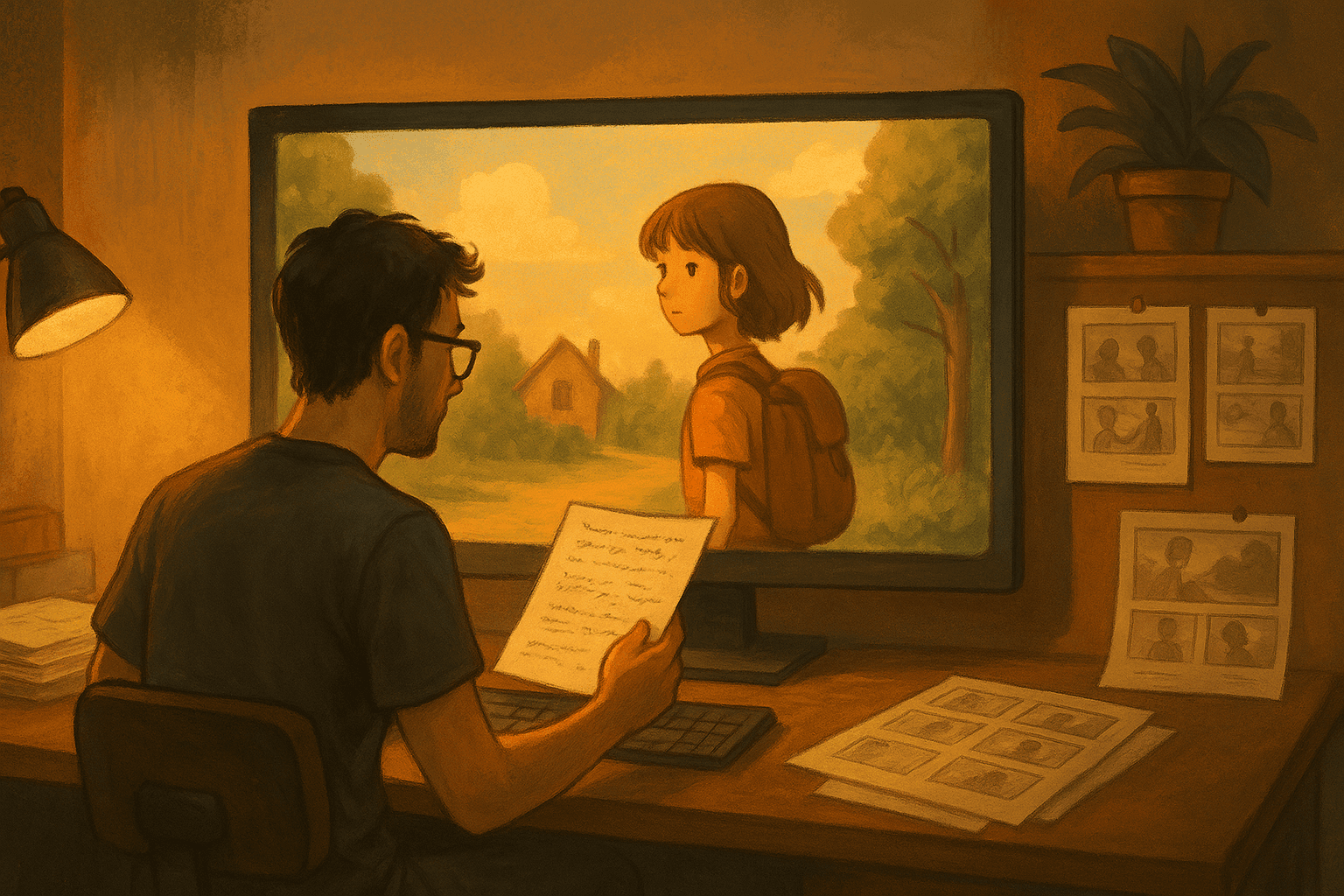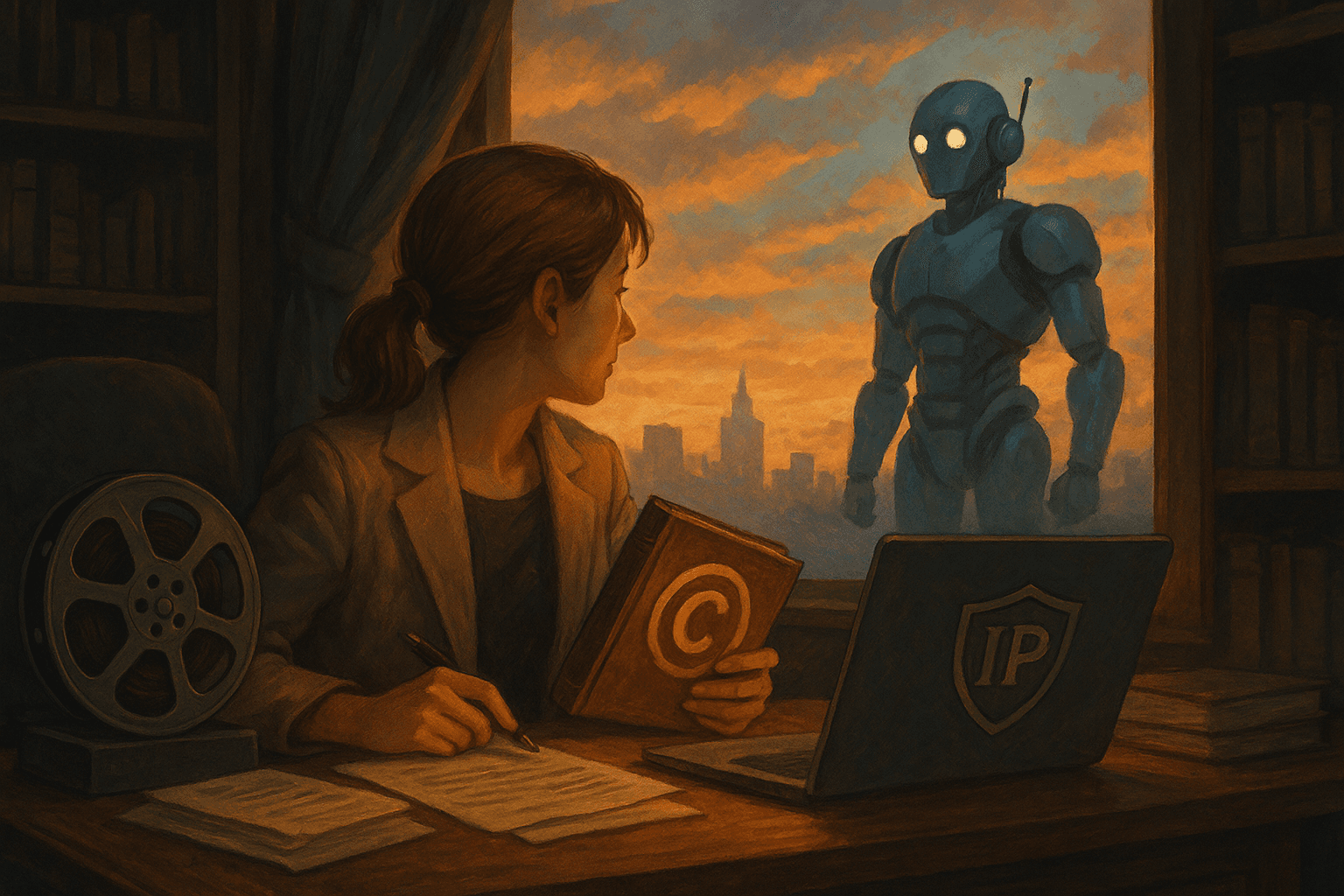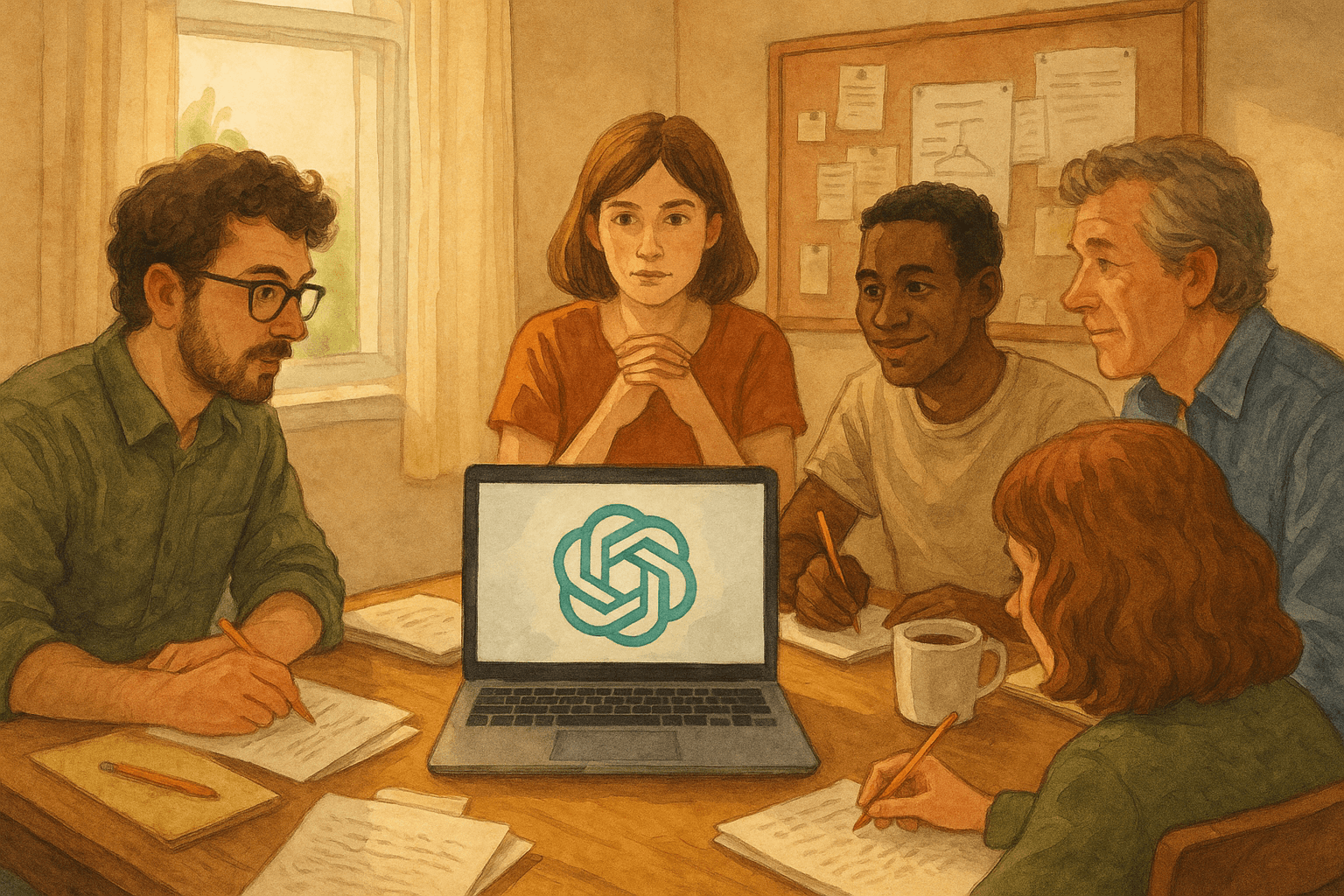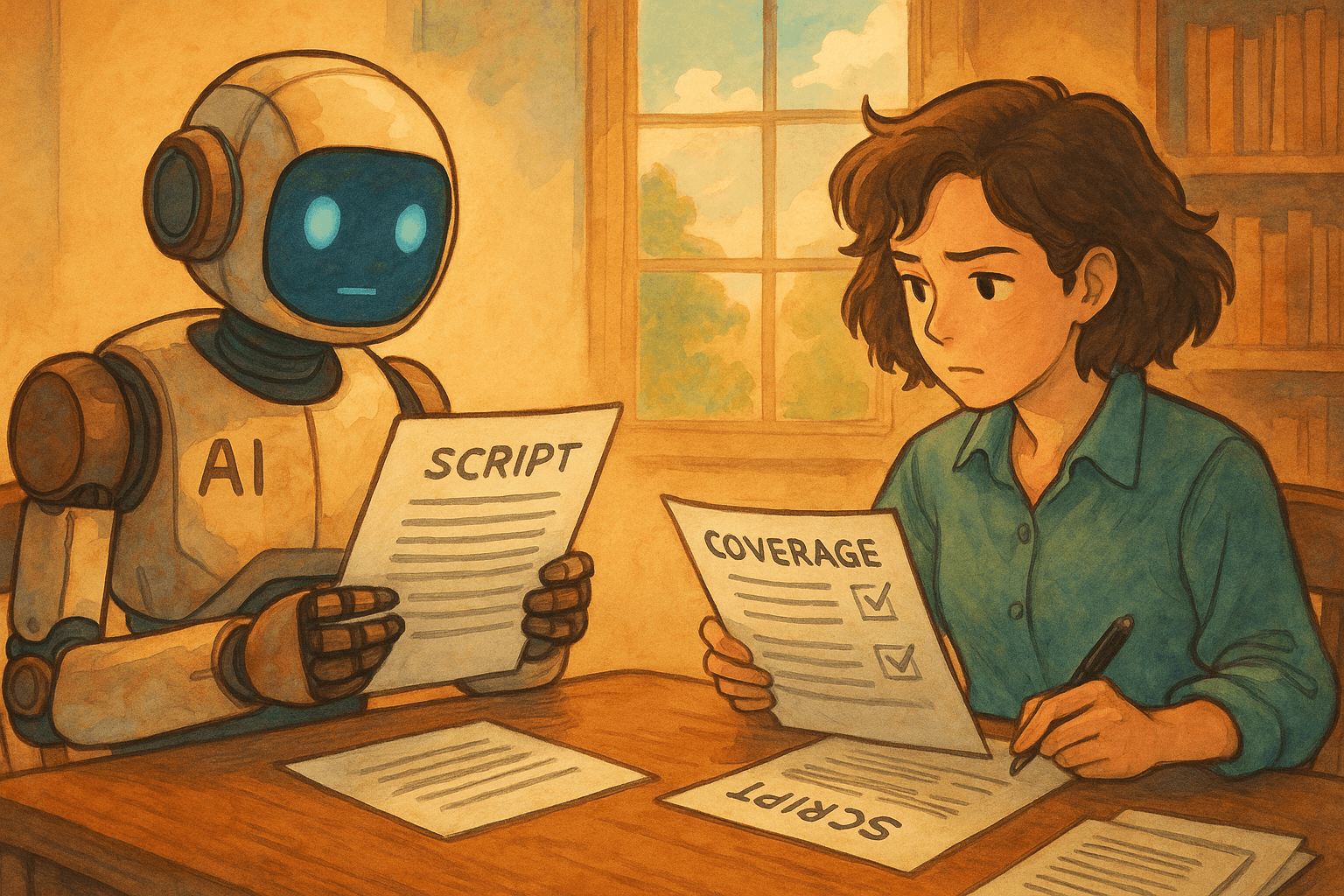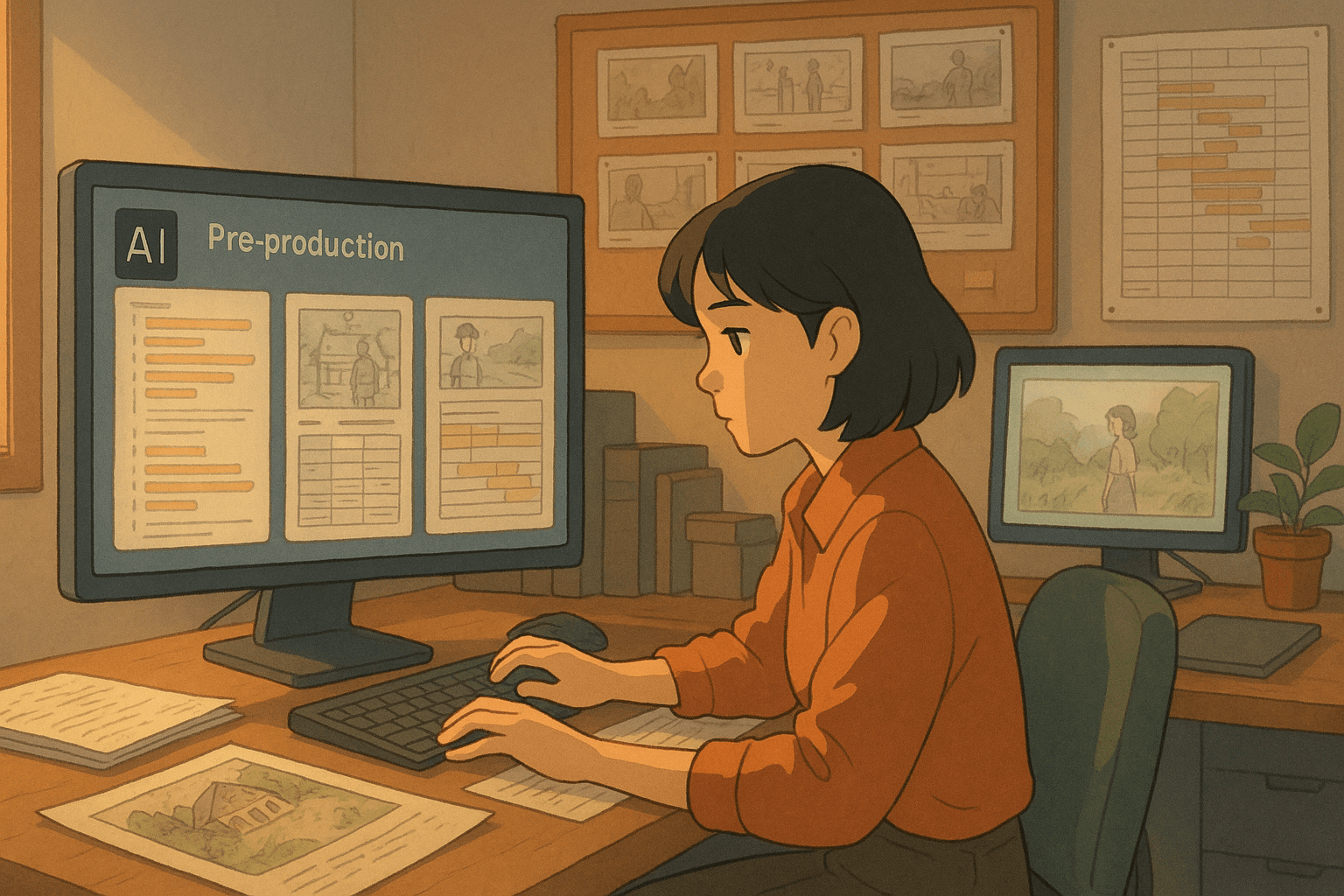Introduction: When Text Becomes Motion
Storyboards have long been a bridge between script and camera—static frames to communicate visual intent. But what if you could turn your script into motion, producing prototype scenes that move, speak, and shift? That’s the promise of text-to-video models. In this post, we’ll explore how the latest AI video tools are pushing previsualization forward—when to use them, how to integrate them, and their current limitations for real film production.
What Are Text-to-Video Models?
At their core, these models accept a natural-language (or structured) prompt and output short video clips, often with synchronized audio and motion. Unlike text-to-image models, they must simulate:
- Object / character dynamics over time
- Continuity of position, lighting, camera movement
- Synchronized dialogue, ambient sound, and effects
AI research and developer tools are rapidly iterating on these capabilities. OpenAI’s Sora 2 is a prime example of this evolution.
Major Text-to-Video Tools & How They Differ
| Model / Tool | Core Strength | Limitations / Trade-Offs |
|---|---|---|
| Sora 2 (OpenAI) | Highly realistic visuals, synchronized dialogue and sound, robust controllability | Limited clip length, watermarking, default inclusion of copyrighted content, evolving rights controls |
| (Emerging / Research Models) | Open-Sora 2.0 (open-source research) demonstrates cost-efficient training techniques | Not production-optimized; lacks polished UI, limited API integrations |
Note: Many text-to-video models are still in early stages; some are academic or research-level only.
Use Cases in Production Workflows
-
Proof-of-Concept Clips for Pitches
Render a 5–10 second “scene sample” to convey tone, lighting, and pacing for investors or executives. -
Animatic + Previz Bridge
Insert AI-generated segments between storyboard frames to test motion, transitions, or match cuts. -
Shot Ideation / Variant Testing
Ask the model: “Reframe as wide dolly pull, or switch to over-the-shoulder from behind” to see alternate compositions. -
Concept Teasers for Marketing
Share short AI clips as teasers, social content, or “vision trailers” to build buzz before shooting. -
Scene Blocking & Camera Movement Tests
Use generated motion to check timing, framing, and transitions before blocking actors or setting up rigs.
Workflow: Integrating Text-to-Video in Pre-Production
Step 1: Scene Parsing & Prompt Ingredients
- Extract slug line, characters, actions, props, mood, camera directives
- Use a tool (like Prescene) to automate extraction from a screenplay draft
Step 2: Prompt Crafting Strategy
- Start with composition & camera: e.g. “medium close-up, 35 mm, slight push-in”
- Add scene context: “inside subway car at night, rain on windows, flickering neon lights”
- Include motion cues: “character enters door left, walks toward camera, voiceover: ‘We don’t have much time’”
- Add sound / ambient design: “distant rumble, train wheel clacks, muffled PA announcement”
Step 3: Ask Iteratively & Refine
- Generate rough clip
- Adjust syntaxes (e.g. “slower dolly, wider field, tighter lighting contrast”)
- Repeat until you converge on a usable preview
Step 4: Export & Annotate
- Pull out frames, cut segments, overlay development notes or shot listings
- Compare with traditional boards for consistency and reference
Step 5: Hand Off to Crew
- Share with cinematographers, editors, VFX leads
- Use generated clip as visual guide but reserve final decision to human judgment
Limitations & Risks (What You Can’t Yet Trust)
-
Inconsistent Character & Object Identity
Characters may morph, lose features, or change costumes across cuts. -
Motion Artifacts / Physics Failures
AI sometimes violates gravity, causes prop warping, or exaggerates jitter. -
Audio / Lip Sync Drift
Speech may not perfectly sync; ambient sound may feel generic or echoey. -
Length, Resolution & Resource Limits
Most models restrict clip length, spatial resolution, or frame rate. -
Copyright / Output Licensing Risks
Models may default to using copyrighted training content unless rights holders opt out. In Sora 2’s case, OpenAI is implementing more granular control for rights owners. -
Overreliance Trap
AI preview shouldn’t replace human intuition or cinematic judgment — it’s a guide, not a guarantee.
Example Prompt Templates
| Purpose | Prompt |
|---|---|
| Establish shot | “Wide shot inside subway car at night, rain streaks on windows, flickering neon, camera dolly forward, ambient rumble; character in silhouette walks forward, quiet voiceover” |
| Character close-up | “Medium close-up, 50 mm, wet skin glistening, actor looks left, breath visible in cold air, distant muffled train sound” |
| Transition test | “Crossfade from city street exterior to moving train interior, match camera trajectory, dusk lighting, ambient hum” |
Best Practices for Filmmaking Integration
- Always pair AI clips with annotated human notes and storyboards
- Keep a clear log of prompts and model versions to preserve design lineage
- Use AI previews early; don’t delay human validation to late stages
- Treat AI output as draft material, not final plates
- Monitor evolving licensing and rights policies from AI model providers
Conclusion
Text-to-video models are redefining what “previsualization” can become. While still immature in many respects, they promise to collapse the gap between script and moving image. For filmmakers willing to experiment, early adoption is about risk-mitigated prototyping rather than full reliance. Use AI as a creative accelerant, not a substitute for vision and craft.
With the right workflow and guardrails, you can bring dynamic previews into your development pipeline today — and be ahead of the curve as this technology matures.
